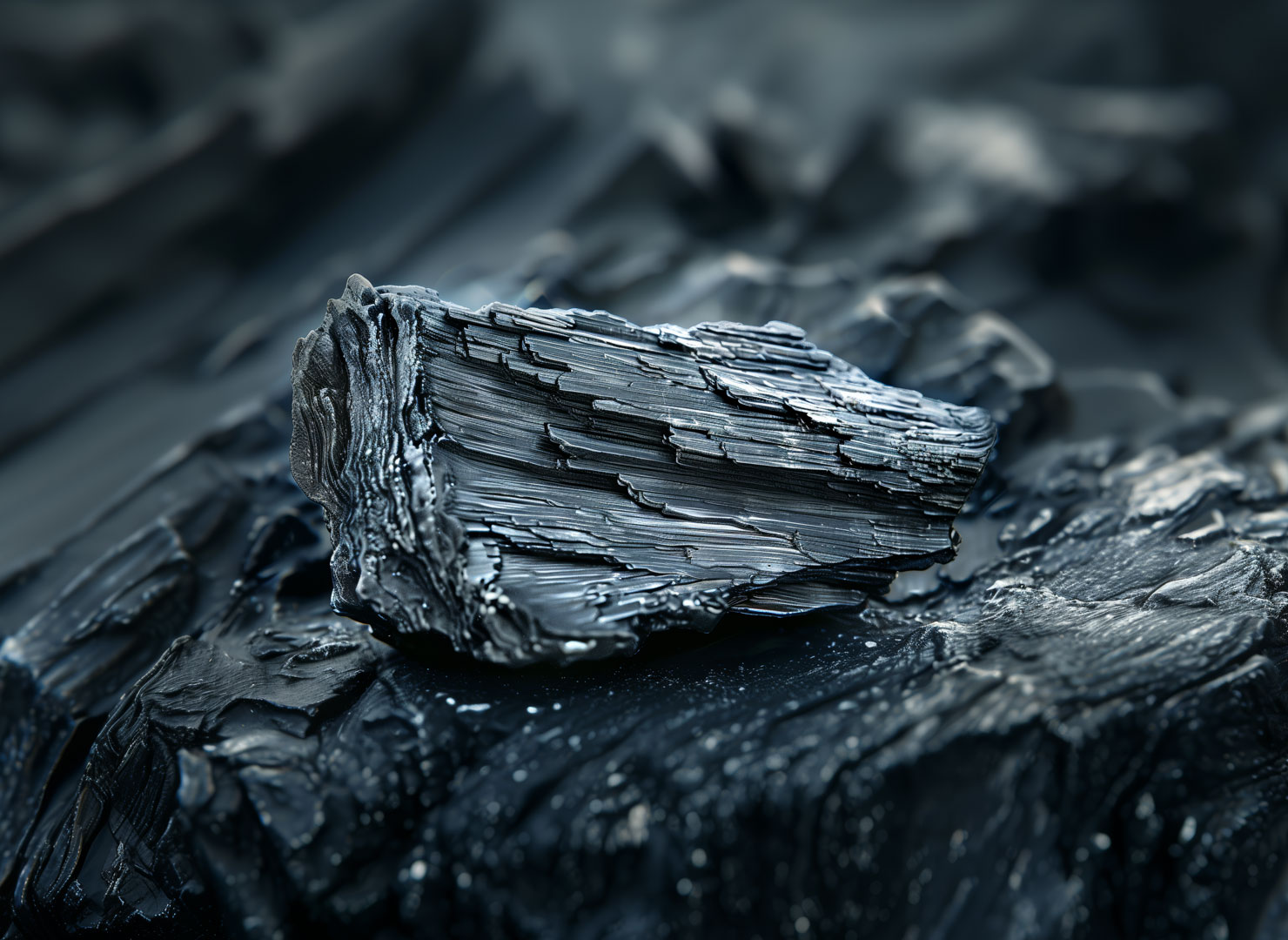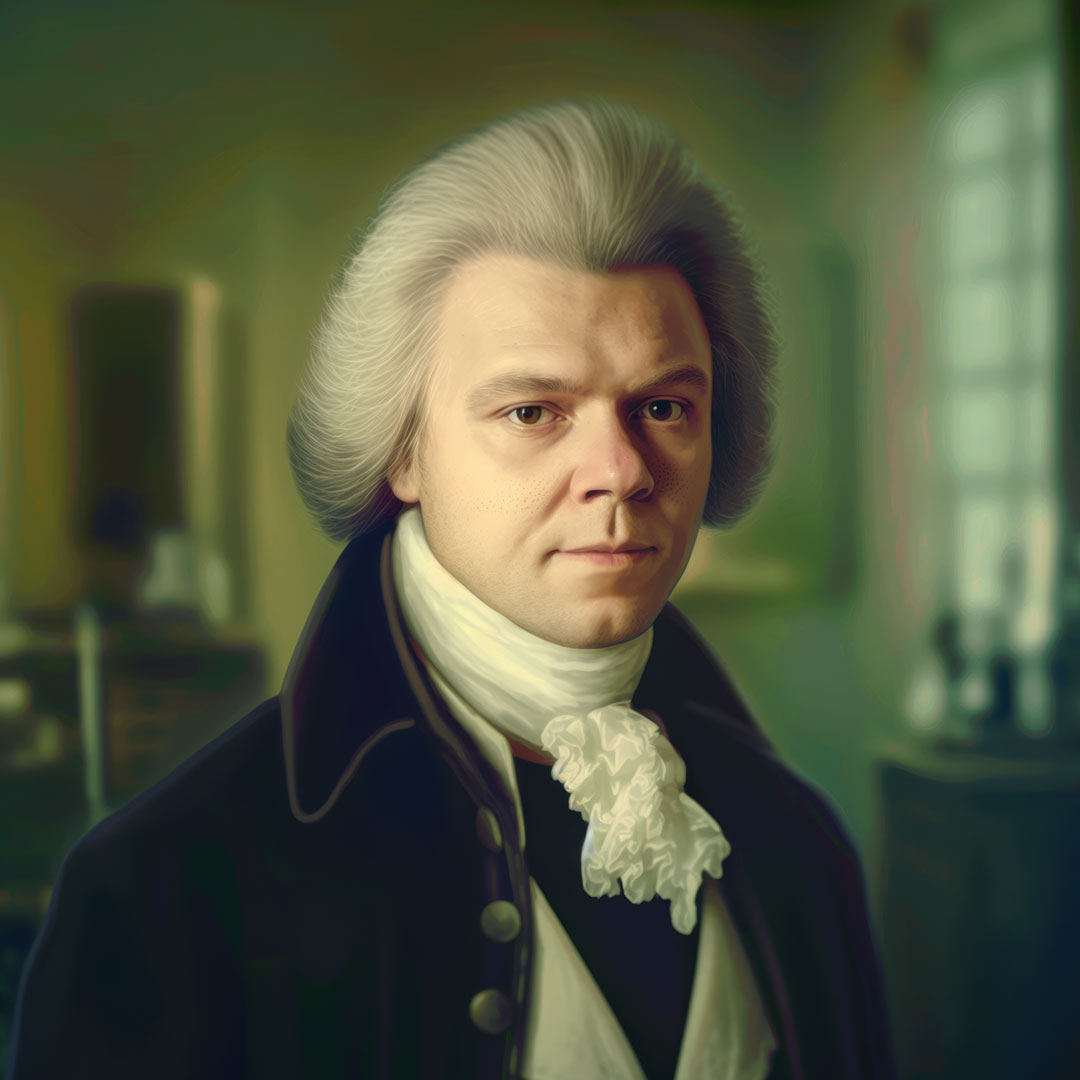The Element Yttrium
On this page you can find out more about the rare earth element
Name: Yttrium
Symbol: Y
Ordinal number: 39
Density: 4,47 g/cm3
Melting point: 1.522 °C
Boiling temperature: 3.338 °C
Yttrium is one of the transition metals in the periodic table.
Introduction
Yttrium: A Rare Earth All-Rounder
Despite its wide range of applications, yttrium is one of the lesser-known rare earth elements. The applications for this multi-talented element range from lasers and hydrogen applications to high-performance ceramics.

The Ytterby Mine: The Discovery Site of Many Rare Earths Gives the Mine Its Name
Like ytterbium, terbium, and erbium, yttrium owes its name to the Ytterby mine, the first site where the minerals that led to the discovery of the individual representatives of the rare earths were found. These minerals included gadolinite, in which the Finnish chemist Johan Gadolin was able to detect yttrium at the end of the 18th century. The Swedish chemist Carl Gustav Mosander succeeded in extracting pure yttrium in 1842.
Main areas of application for yttrium

The Discoverer of Yttrium
Johan Gadolin was born in 1760 in Åbo, Sweden, which is now the city of Turku in Finland. He achieved international fame with the discovery of the first rare earth compounds. He was a professor of Chemistry and gave his name to the rare earth element gadolinium.
Characteristics
Yttrium: The Outlier
Areas of Application
From Fluorescent Lamps to Medical Technology and Hydrogen Electrolysis
The areas of application for yttrium are diverse. For example, the element is used in certain lasers and as a catalyst in the production of plastics. It is also used in spark plugs and fluorescent lamps. However, yttrium is mainly used in combination with zirconium dioxide, which is used in the production of high-performance ceramics. Due to its heat resistance and mechanical resilience, this ceramic is used for certain hydrogen fuel cells and electrolyzers for hydrogen production, among other things. These special ceramics are also used in medical technology, such as artificial joints.

Ceramics
People have been using ceramics such as clay for thousands of years, but rare earths help transform them into ultra-modern materials by making them more resistant to heat and stress. Modern ceramics are used in medical implants and fuel cells, among other things.
Learn more

Catalysts
Catalysts increase the speed of a chemical reaction and are indispensable in many industries. In automotive catalytic converters, for example, catalysts convert combustion pollutants into non-toxic residues.
Learn more

Water Electrolysis
Green hydrogen is showing great promise as a fuel that can make energy-intensive industries and heavy goods transport more climate-friendly. It is produced by the electrolysis of water using green electricity from nuclear plants or renewable sources. The ramp-up of the hydrogen economy is increasing the demand for rare earths used in electrolyzers.
Learn more

Medical Technology
Rare earths are used in medical diagnostic and treatment technologies, including X-ray machines, MRI machines, nuclear medicine, prostheses, implants, and medical lasers.
Learn more
Deposits
Moderate Demand: Green Energy Generation Could Increase Demand
Ion adsorption clays, such as those found in China and Myanmar, are the most important sources for yttrium extraction. The raw material is extracted locally by leaching and then chemically processed into yttrium oxide or metal.
The map shows the regions of the world where heavy rare earths are currently mainly mined.

Demand for Yttrium Will Probably Not Exceed Production
Despite the growing importance of hydrogen fuel cell technology and the demand for high-performance ceramics, the German Mineral Resources Agency (DERA) assumes that demand for yttrium will not exceed production. The situation would change if existing or new areas of application were to compete with these technologies. However, the highly concentrated production of yttrium poses a risk; China has significant market power, particularly in refining.
Raw Materials Trading Industrial Customers
TRADIUM trades in all industrially relevant rare earth oxides. Choose from a wide range of specifications and take advantage of the option to reserve batches for the long term.
Purchase of Physical Assets for Private Customers
Benefit as a private customer from the exciting market for rare earths as a physical asset. You can find out here what opportunities TRADIUM offers and what tax advantages a purchase of raw materials entails.